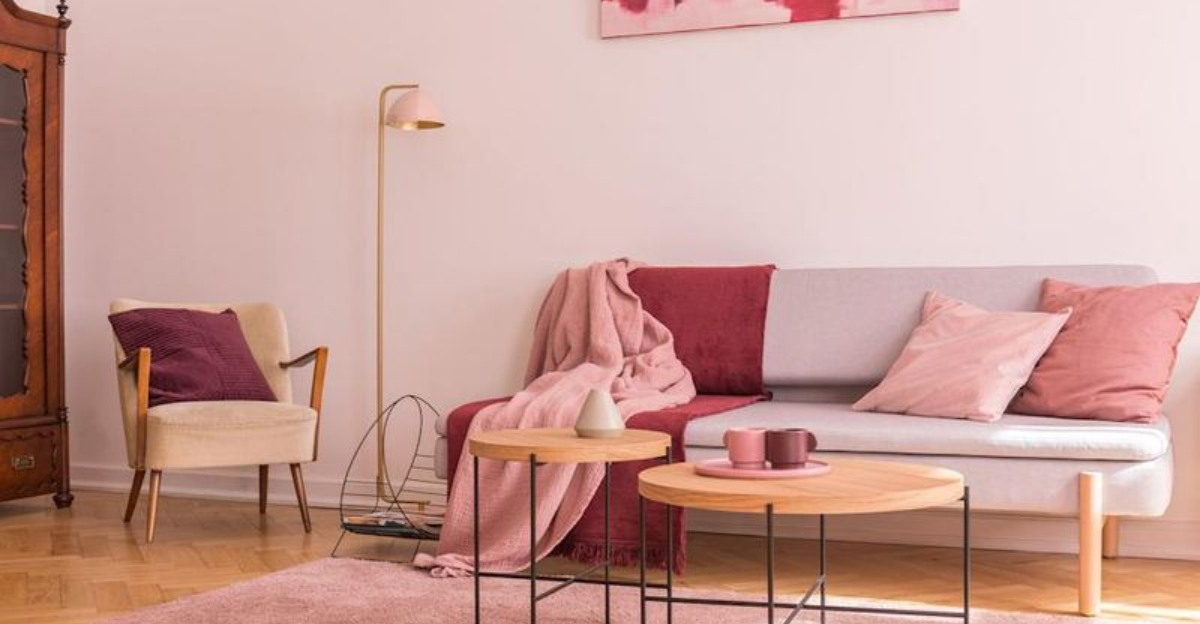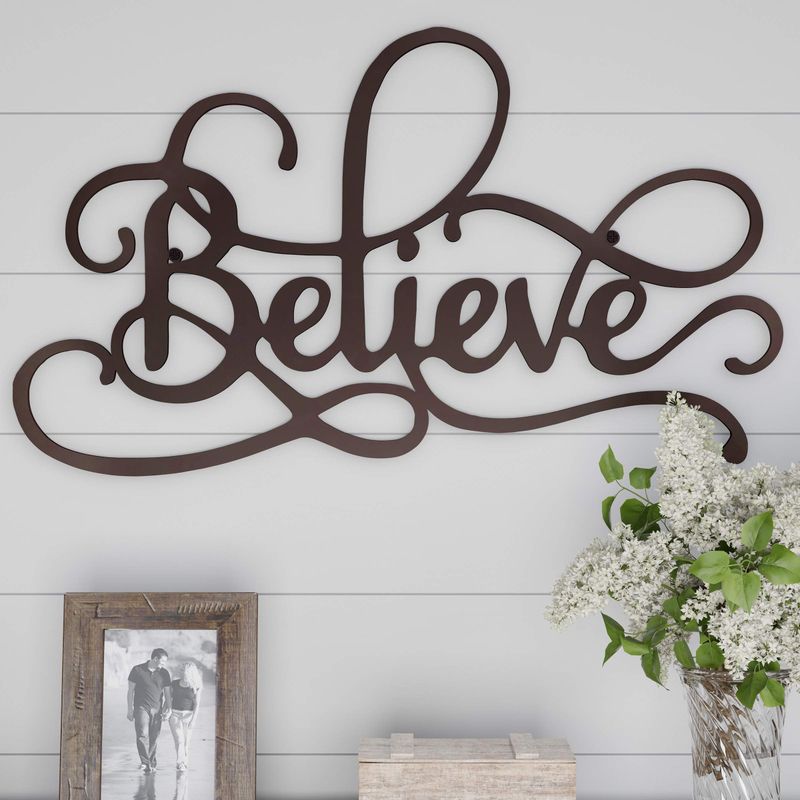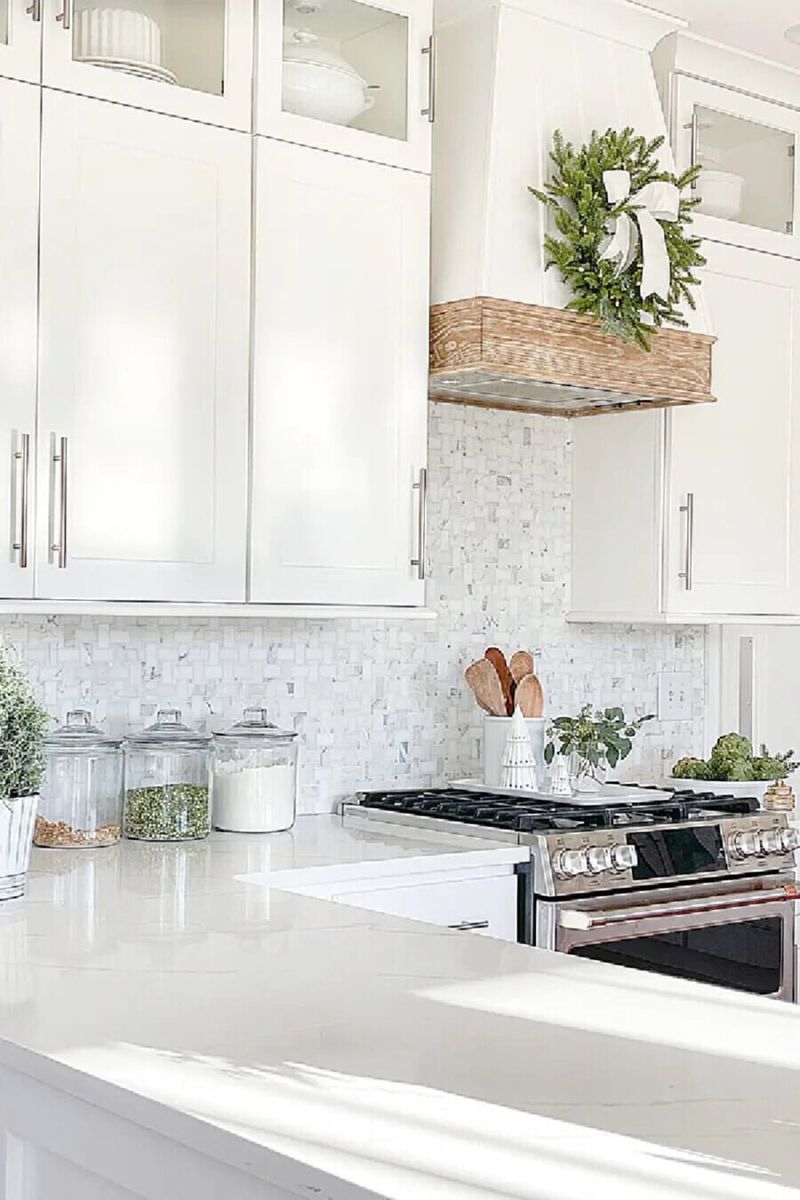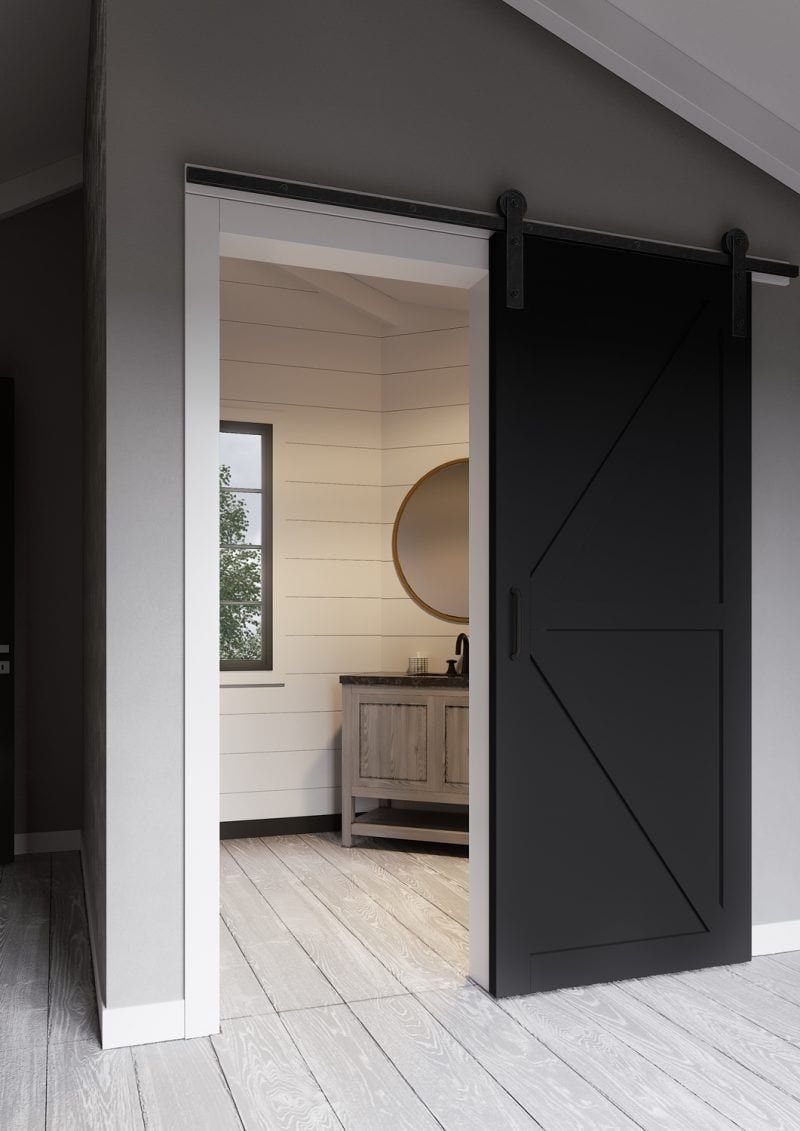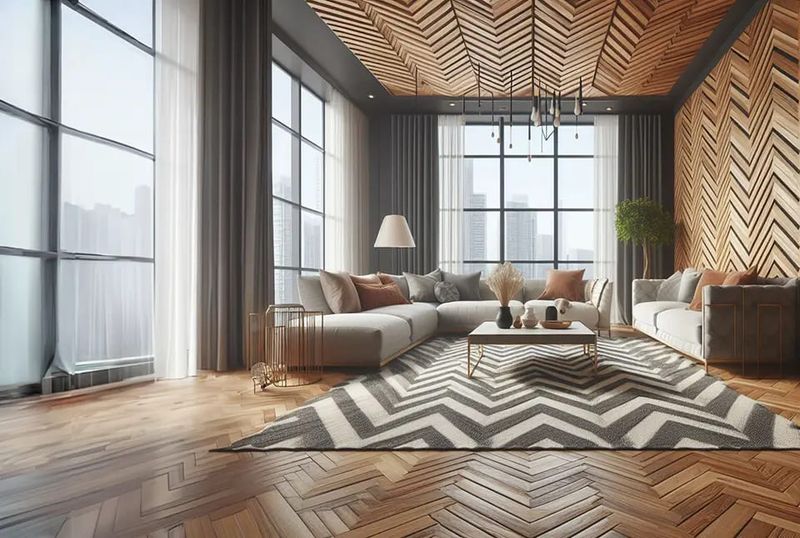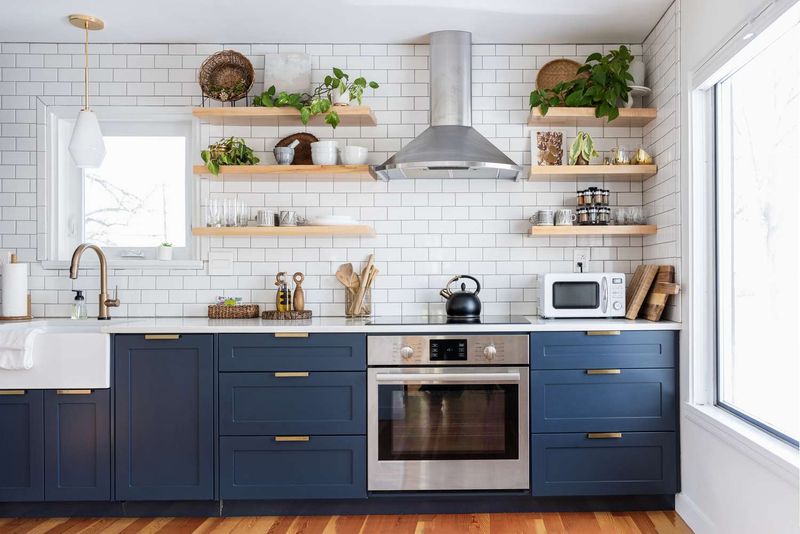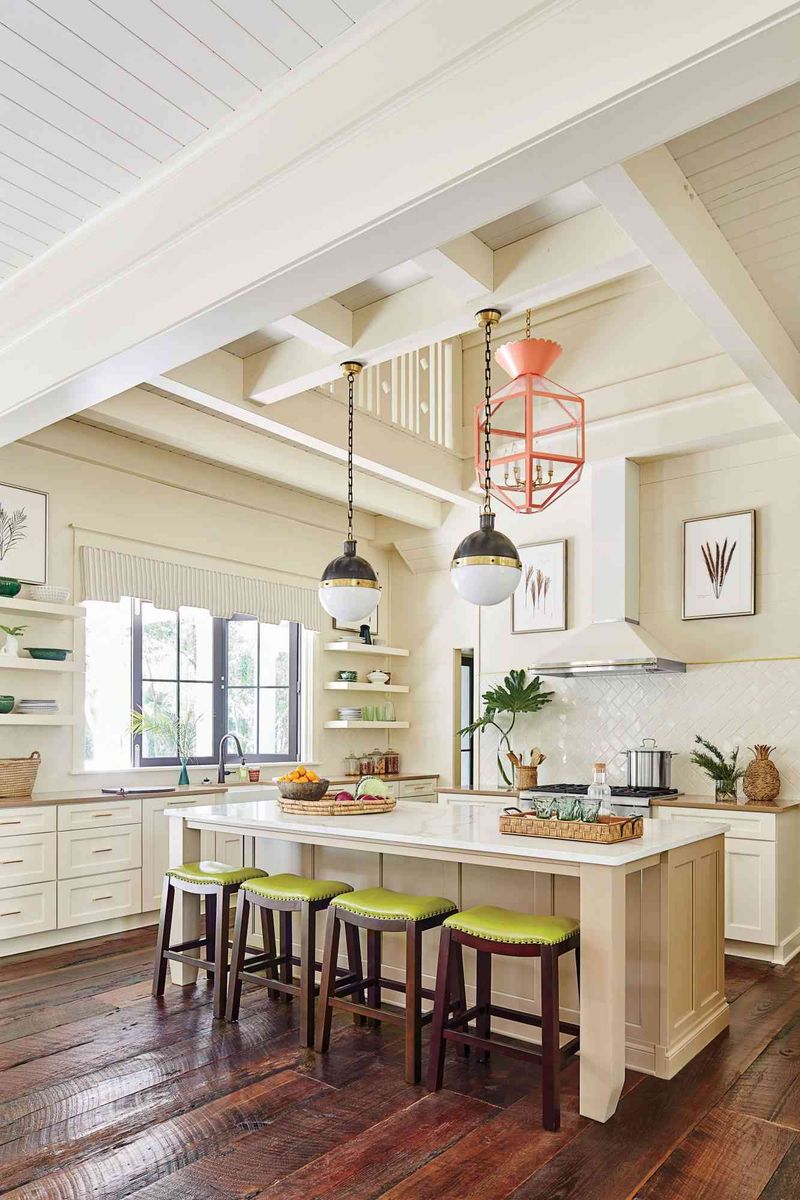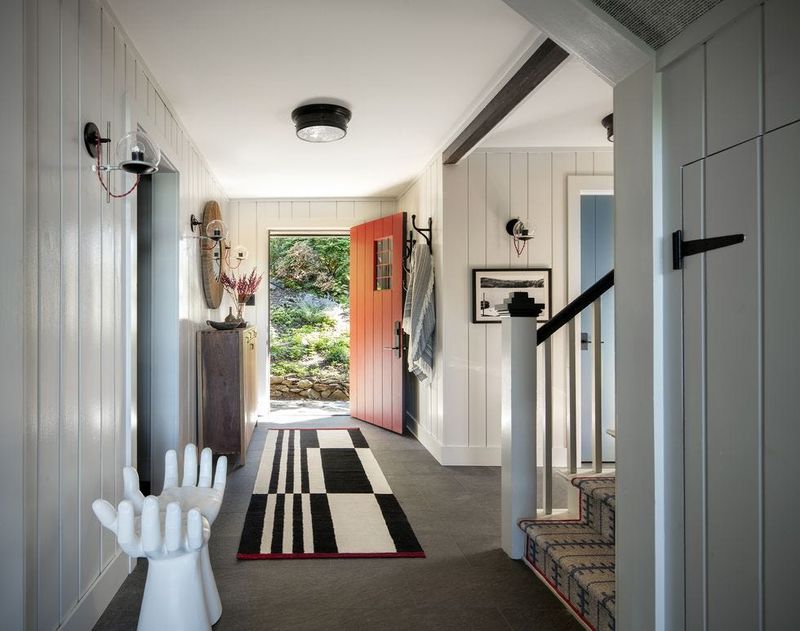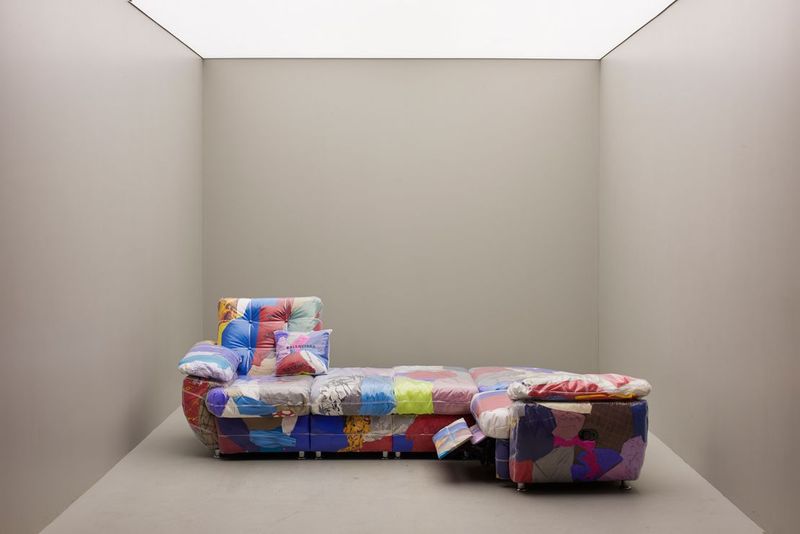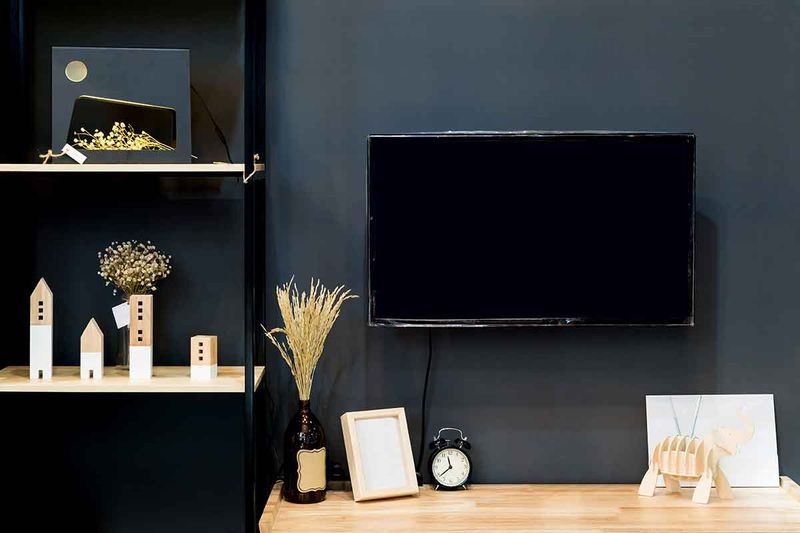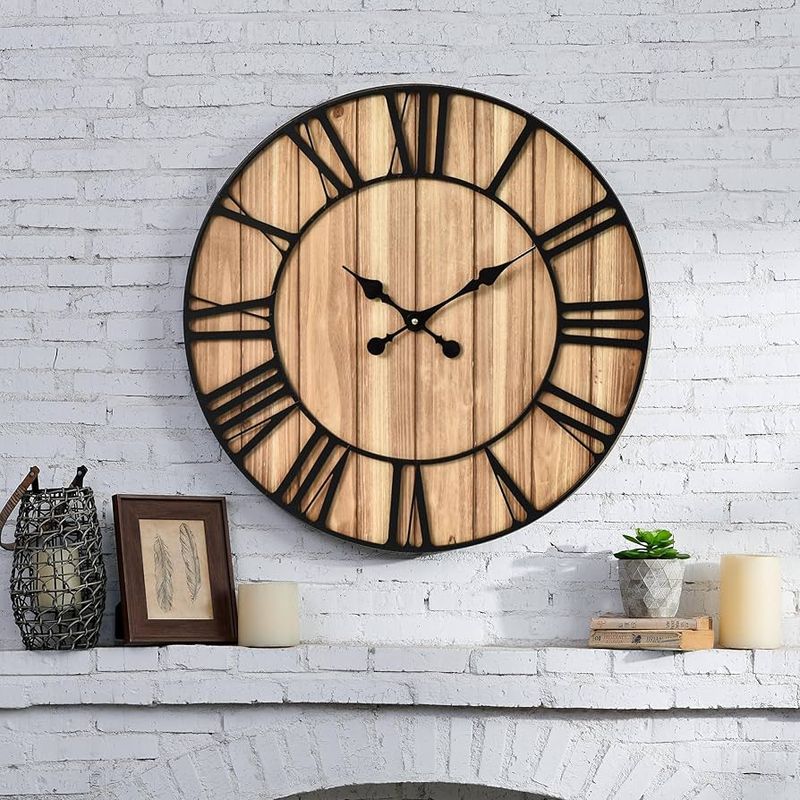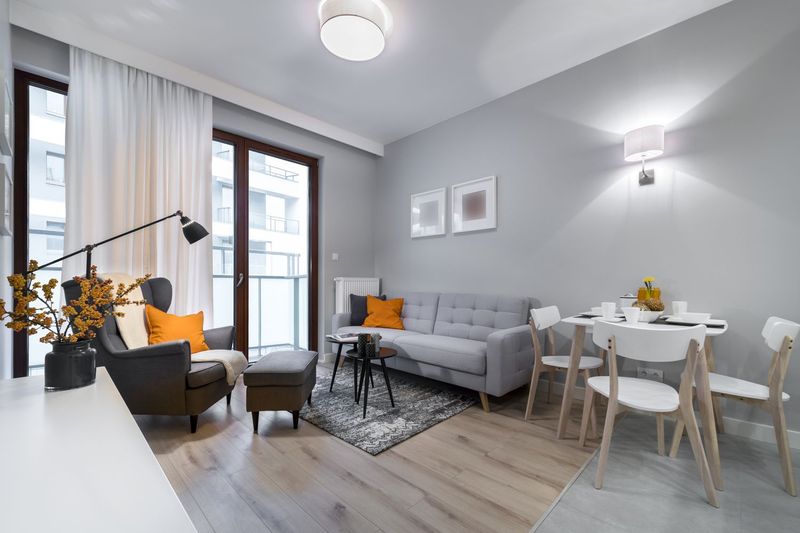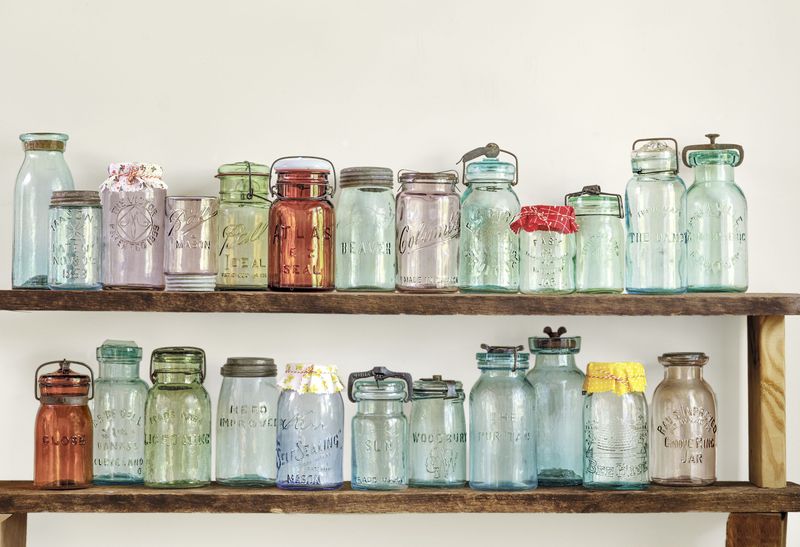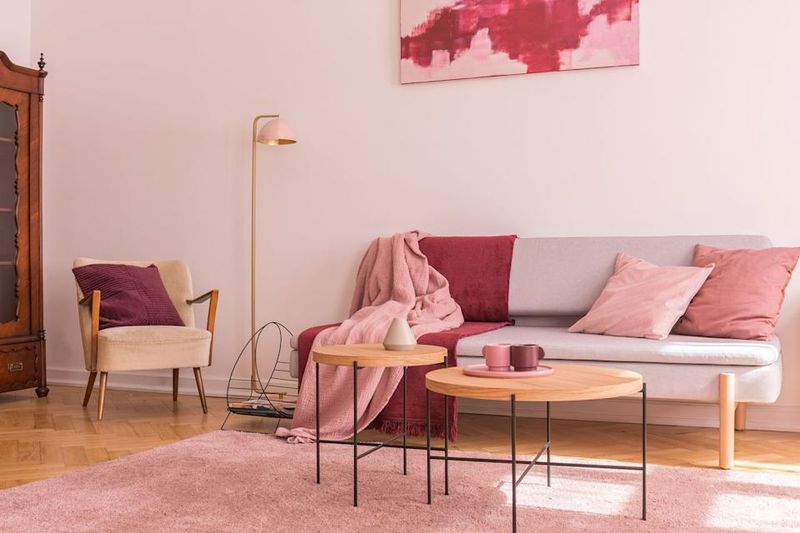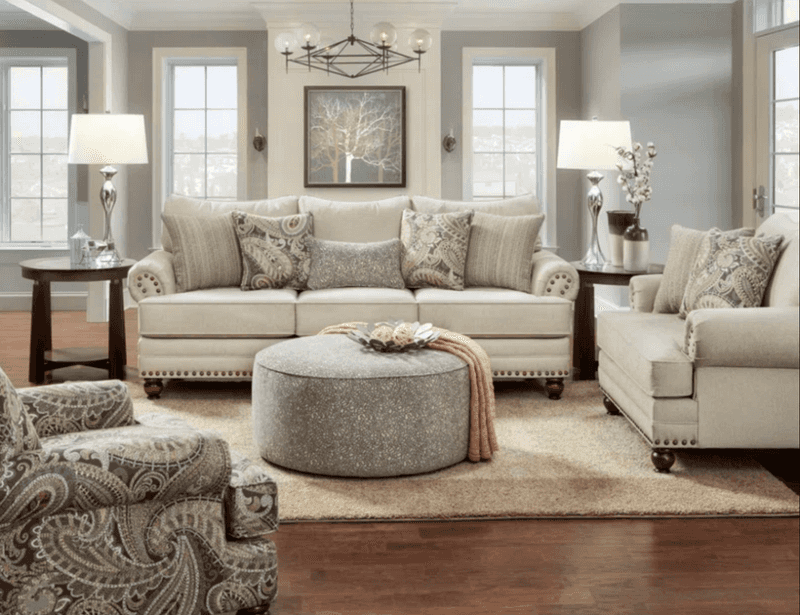Trends come and go, but some home decor pieces really wear out their welcome. As we move through 2025, designers and homeowners alike are parting ways with items that once felt fresh but now feel tired or overdone.
Think generic signs, trendy colors, or mass-produced pieces that lack personality. If your home still has a few of these lurking around, it might be time for a refresh.
On the flip side, some decor should’ve been tossed years ago – and yet somehow, it’s still hanging on. Let’s take a look at what’s out, what’s overdue, and what to swap in instead.
1. Word Art Signs
Remember when everyone’s walls proudly displayed phrases like “Live, Laugh, Love” or “Home Sweet Home”? These text-based decorations are rapidly losing their charm as homeowners seek more personal and authentic expressions of style.
Many interior designers now consider word art signs to be visual clutter that lacks originality. The mass-produced sayings that once dominated home decor stores are being replaced by original artwork, vintage finds, and meaningful photographs.
As design trends move toward minimalism and authenticity, these once-popular signs are finding their way to donation piles and garage sales across the country.
2. All-White Kitchens
While pristine white kitchens have dominated design magazines for years, their reign is coming to an end. The clinical, hard-to-maintain aesthetic is giving way to warmer, more practical alternatives that bring personality back into cooking spaces.
Homeowners are increasingly frustrated with showing every spill, smudge, and fingerprint on white cabinets and countertops. Natural wood tones, green cabinetry, and mixed materials are taking center stage instead, offering both character and forgiveness for the realities of daily life.
3. Barn Doors
Sliding barn doors quickly transformed from novel space-savers to ubiquitous design features in homes across America. Now, their distinctive hardware and rustic appearance are starting to feel like remnants of a fading farmhouse trend.
Where privacy and sound insulation matter, traditional hinged doors or more modern pocket doors are making a comeback. The clunky tracks and incomplete closure of barn doors have proven impractical for bathrooms and bedrooms where functionality trumps aesthetics.
4. Chevron Patterns
The zigzag pattern that conquered everything from rugs to wallpaper is finally losing its grip on home decor. What once felt fresh and geometric now reads as a timestamp from the 2010s, much like avocado green appliances scream 1970s.
Why the downfall? Overexposure has been chevron’s greatest enemy. After appearing on virtually every surface possible, from throw pillows to baby bedding, the pattern simply couldn’t sustain its trendy status.
In its place, we’re seeing a rise in organic patterns inspired by nature, along with more timeless geometric designs like subtle herringbone or classic stripes that won’t feel dated within a few years.
5. Open Shelving in Kitchens
Goodbye, perfectly styled dishes on display! The reality of dust collection, grease splatter, and the pressure to maintain Instagram-worthy arrangements is pushing many homeowners to reconsider open kitchen shelving.
After years of living with this trendy feature, people are rediscovering the practical benefits of cabinet doors. The constant cleaning required to keep open shelves looking presentable has proven too time-consuming for most busy households.
The trend is shifting toward a more balanced approach—perhaps a small section of display shelving for special pieces, with the majority of kitchen items tucked behind sleek cabinetry that hides the inevitable clutter of daily life.
6. Industrial-Style Lighting
Those exposed bulbs and black metal fixtures that dominated lighting sections for years are losing their spark. The industrial look that once felt edgy and architectural now appears cold and uninviting in many home settings.
Lighting is moving in a softer direction, with warm-toned fixtures in natural materials like rattan, ceramic, and glass taking precedence. The harsh, factory-inspired aesthetic is being replaced by fixtures that create ambiance rather than just illumination.
7. Shiplap Walls
Joanna Gaines made them famous, but even the most devoted Fixer Upper fans are starting to tire of shiplap’s ubiquity. The horizontal wooden planking that defined farmhouse style is increasingly being viewed as a dated design choice rather than a timeless feature.
Many homeowners who enthusiastically installed these planked walls are now facing the laborious task of removing them or painting over the characteristic white finish. More textured wall treatments like Venetian plaster, limewash paint, or subtle wallpaper are emerging as sophisticated alternatives.
The decline of shiplap signals a broader shift away from the modern farmhouse aesthetic that dominated the late 2010s toward more eclectic and personalized interior styles.
8. Fast Furniture
Just as fast fashion has faced backlash, cheaply made, disposable furniture is falling out of favor. Consumers are increasingly aware of the environmental impact of particle board pieces that often end up in landfills after just a few years of use.
The pandemic-era supply chain issues also revealed the fragility of depending on mass-produced items that can become unavailable overnight. This has accelerated a return to quality, durability, and repairability in furniture choices.
Secondhand shopping, investing in well-made pieces, and supporting local craftspeople are becoming the new markers of design savvy, replacing the previous emphasis on having the latest styles at the lowest possible price point.
9. Edison Bulb Fixtures
Those exposed-filament bulbs that cast a warm, amber glow in every hip restaurant and renovated loft are dimming in popularity. While they initially charmed us with their vintage industrial appeal, their inefficiency and harsh, unflattering light have revealed serious practical drawbacks.
Many homeowners who embraced the trend have discovered that reading, applying makeup, or doing any detail work under Edison bulbs is challenging at best. Their energy consumption is also at odds with growing environmental consciousness and rising electricity costs.
10. TV-Centric Living Rooms
Living spaces designed primarily around massive television screens are undergoing a major rethink. The pandemic-era obsession with home entertainment centers is giving way to more balanced rooms that prioritize human connection and multiple activities.
As streaming fatigue sets in and social gatherings return, homeowners are reconsidering layouts that force all seating to face the electronic altar on the wall. Furniture arrangements that facilitate conversation and comfortable sight lines for various activities are replacing the theater-style setups.
1. Oversized Clocks
Those massive statement clocks—often resembling something from a vintage train station—are ticking toward extinction in home decor. What once served as an impressive focal point now feels oversized and unnecessarily dominant in living spaces that are increasingly prioritizing subtlety.
With digital time displays on virtually every device we own, the functional aspect of these decorative timepieces has become almost irrelevant. The wall space they command is being reclaimed for more personal items like gallery walls or statement art pieces.
Interior designers note that the outsized scale of these clocks often overwhelms rooms and creates an unbalanced visual weight that more thoughtful, proportional decor choices can avoid.
2. Grey Everything
After nearly a decade of grey domination, the cool neutral that promised to never go out of style is finally showing its age. From flooring to wall color to furniture, the all-grey palette that once signaled modern sophistication now feels sterile and uninspired.
Homeowners have discovered that living in grey-washed spaces often feels cold and unwelcoming rather than sleek and contemporary. Warmer neutrals and rich, saturated colors are making a strong comeback, bringing emotional depth and character to interiors.
3. Mason Jar Decor
Once the darling of rustic farmhouse style, mason jars repurposed as everything from drinking glasses to soap dispensers are finally being shelved. What began as a charming nod to simplicity has become an overused cliché that screams “2010s Pinterest board.”
Craft-savvy homeowners are now seeking more sophisticated upcycling projects that don’t immediately date their spaces. The environmental consciousness behind repurposing remains, but the execution is evolving toward more timeless and elegant solutions.
4. Millennial Pink
The rosy hue that colored everything from sofas to kitchen appliances is rapidly fading from interior design palettes. After reaching peak saturation around 2017, this once-inescapable color is now the quickest way to date your decor to a specific era.
Color trends typically have short lifespans, but millennial pink’s omnipresence made its decline particularly noticeable. More grounded, nature-inspired colors are taking its place, reflecting a broader shift toward biophilic design elements that connect our homes to the natural world.
5. Matching Furniture Sets
Purchasing an entire living room or bedroom suite in one matching design is a practice quickly becoming passé. These coordinated sets often lack personality and make spaces feel like furniture showrooms rather than lived-in homes with character and history.
The trend toward more eclectic, collected interiors means deliberately mismatched pieces that complement each other without being identical twins. This approach creates more visually interesting and personalized spaces that tell the homeowner’s unique story.
Designers are encouraging clients to mix periods, styles, and finishes for a more sophisticated look that evolves over time rather than being installed all at once from a single collection.

